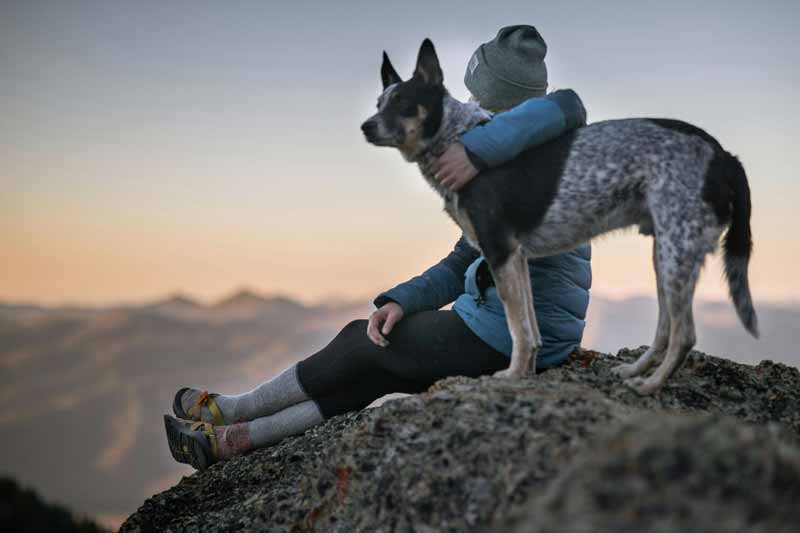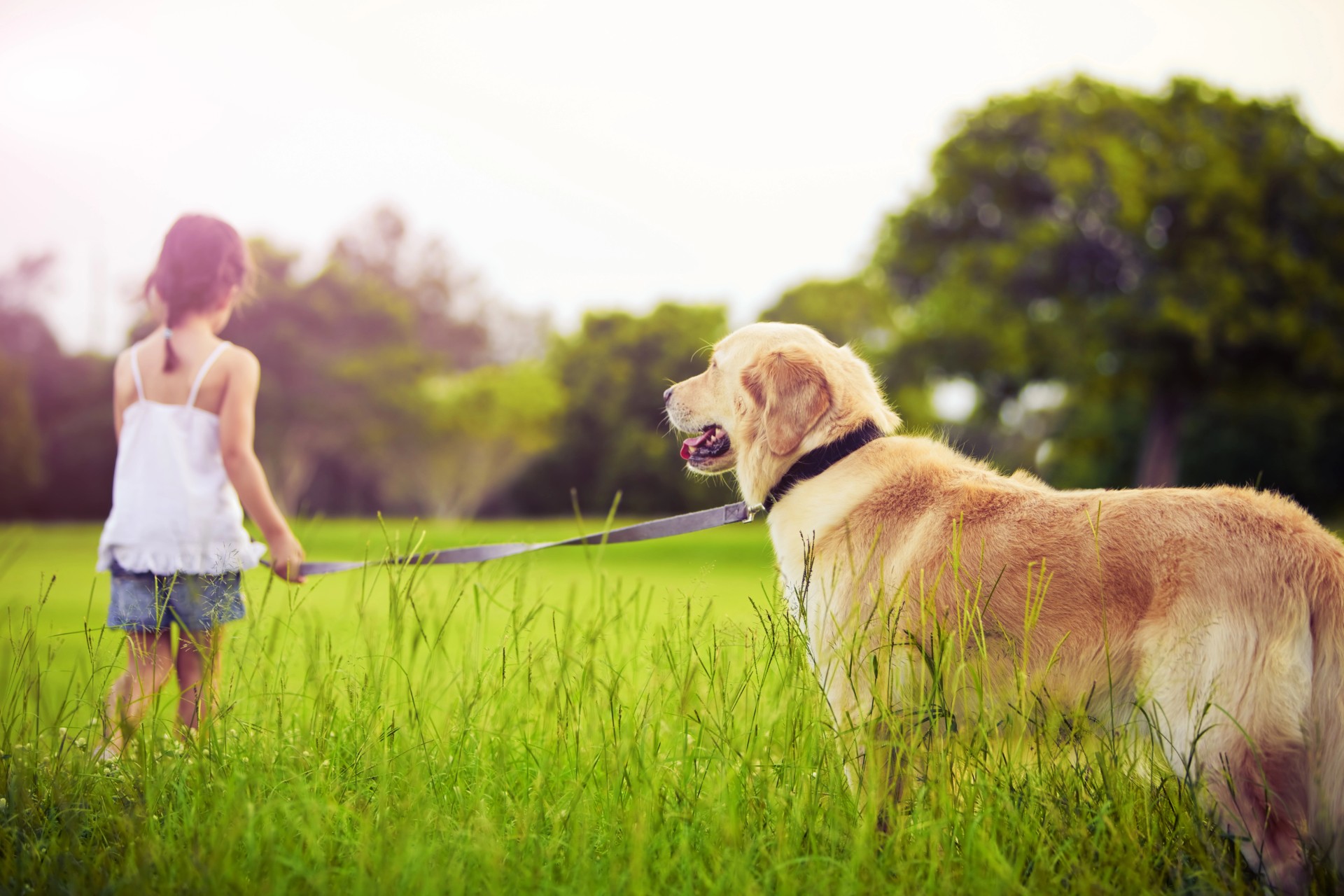
Building Responsible Dog Owners, One Child at a Time!

understanding Dog Body Language
Understanding dog body language involves observing postures, facial expressions, tail movements, and vocalizations for cues.

Puppy Development
Puppy development involves stages of growth including socialization, teething, training, and learning new behaviors.

Dog Behavior/ Obedience
Dog behavior encompasses actions, reactions, communication methods, and emotional responses influenced by genetics and environment.
Career Paths: Working with animals can teach children about potential career paths that they may never have considered.
In conclusion, animal interactions can positively impact children’s development by fostering emotional, social, physical, mental, cognitive, and behavioral skills while learning important lessons about being a responsible dog owner. Whether through owning a pet, participating in animal-assisted activities, or simply spending time with animals, children can benefit from their relationships with animals in numerous ways.
Mission Statement for Kahu:
“At Kahu, we empower the next generation with the knowledge and skills to promote responsible dog ownership and prevent animal cruelty. Our educational program, designed for grades kindergarten through 12 in schools across the United States, focuses on teaching children how to care for and train dogs, understand dog behavior and body language, and prevent dog bites.
We believe in educating children about the importance of responsible pet ownership, including the proper ways to raise and care for a dog, the ethical issues surrounding backyard breeding, and the significance of preventing the overpopulation of unwanted pets to avoid unnecessary euthanasia.
Through engaging classes on dog handling, grooming, anatomy, breed-specific education, and selecting the right dog for one’s family, Kahu aims to foster compassion, empathy, and respect for all animals while equipping young minds with the tools to build strong, positive relationships with their canine companions.
Together, we strive to create a future where every dog is loved, well-cared for, and understood, enriching the lives of both humans and animals alike.”
Kristin
All About Kahu Cares
You By caring for and connecting with dogs, children can experience healing and personal growth that can strengthen their emotional, social, and physical development. This is especially important for children living with difficult circumstances at home. Interactions with animals can have numerous positive effects on children's development across various domains.
Here are some ways these interactions can positively impact children:

Emotional Development
Interacting with animals, such as petting, playing, and caring for them, can help children develop empathy, compassion, and kindness. Children learn to understand and respond to the needs and emotions of animals, which can translate into more empathetic and caring behavior towards other people and animals in general.

Mental Health:
Animals can provide emotional support and companionship, which can be particularly beneficial for children experiencing stress, anxiety, or loneliness. The bond formed with an animal can boost children's self-esteem, reduce feelings of isolation, and provide a source of comfort and security.

Stress Reduction:
Spending time with animals has been shown to reduce stress and anxiety levels in children. The calming presence of animals, the act of petting them, and engaging in playful activities can promote relaxation, lower cortisol levels, and improve overall well-being.

Physical Development:
Interacting with animals often involves physical activities such as walking, running, playing, and grooming. These activities can help children stay active, improve their motor skills, coordination, and balance, and promote physical health and fitness.

Mental Health
Spending time with animals has been shown to reduce stress and anxiety levels in children. The calming presence of animals, the act of petting them, and engaging in playful activities can promote relaxation, lower cortisol levels, and improve overall well-being.

Cognitive Development
Interacting with animals can stimulate children's cognitive development in various ways. For example, caring for a pet can teach children about responsibility, cause and effect relationships, and the needs of living creatures. Observing and learning about different animal species can foster curiosity, learning, and critical thinking skills.